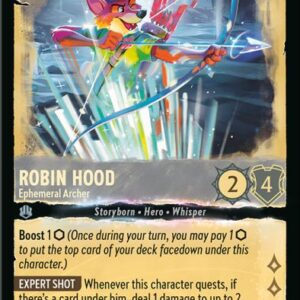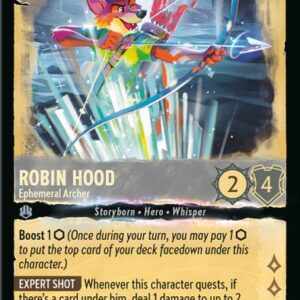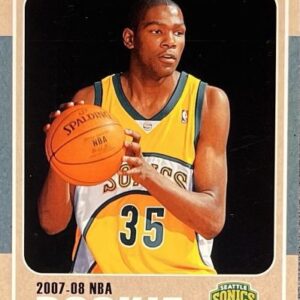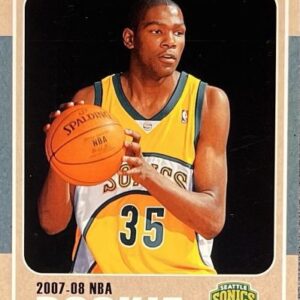Ah, the thrill of collecting Magic: The Gathering cards. Whether you’re a multi-deck strategist, a weekend warrior entranced by the game’s allure, or a collector endlessly searching for that elusive Black Lotus, the satisfaction of finding the perfect card is unparalleled. However, one misplay can sour this adventure quicker than you might think: discovering your prized card is a forgery. Counterfeit Magic cards have shadowed collectors for years, evolving in sophistication. But armed with a bit of know-how, you can outsmart those sneaky imitations and protect your precious collection.
The first line of defense against forgeries is to trust your senses. Think of yourself as a detective, with your fingertips as the first lie detectors. A genuine Magic card has a tactile familiarity, a matte finish that’s both smooth and slightly textured, much like a beloved old paperback novel. Counterfeits, however, might sport a surface akin to a laminated diner menu. If you’re skeptical, compare the card to a basic land card from the same set; it’s less likely to be counterfeit and can serve as your baseline.
Once you’ve calibrated your fingers, it’s time to bring out the big guns—in this case, a simple flashlight. Authentic Magic cards boast a special construction: a blue core nestled between layers of paper. By holding the card up to a flashlight, this unique assembly is revealed. The card should exhibit a gentle, cooler tone of light. If the card stubbornly blocks light like a solid wall or, conversely, emits an overly bright glow as though it’s auditioning for a solar advertisement, you’ve likely uncovered a fraud.
The plot thickens with gadgets. Don’t worry, we’re not diving into the realm of high-tech, high-cost investigation. A modest 30x magnification jeweler’s loupe does the trick. It turns card examination into a microscopic journey, where the authentic and the counterfeit split ways dramatically.
Delve into the card details with magnification, starting with the rosette pattern. Real Magic cards display exquisite detail, printed with tiny, round dots that coalesce into a floral-like rosette. Meanwhile, their cunning counterparts might reveal a blurry mess, plagued by pixelation or strangely organized dot matrices that appear more at home on a cubist painting than on a Magic card.
The black ink test unveils more secrets. Magic card text, mana symbols, and names use a solid black ink that stands boldly separate from the rest of the card. Under magnification, counterfeits betray themselves with black comprising colored dots, resulting in a fuzzy edge that’d make a perfectionist’s skin crawl.
Next, the infamous green dot “L” on the card’s back invites your investigative skills. Look deeply into the green mana symbol’s core; a genuine card holds a critical upside-down “L” pattern of red dots within its yellow-green frame. A counterfeit’s lack, misalignment, or reduction to a mere blur screams imposter.
With the introduction of new-age safeguards post-2015, rares and mythics armed themselves with a holofoil stamp—a sophisticated shield in ovals. These protective emblems should harmoniously blend with the card and contain microtext details like planeswalker symbols and mana icons. An imitation might stand defiantly distinct, grainy, raised, or suspiciously like a shifty label torn from another item and ottached.
Now, you might be tempted to show off your brute strength by tearing or bending the card in a search for evidence—the proverbial blue core might indeed surf, exposing a counterfeit. However, contemporary bunglers have done their homework, realizing this isn’t a compelling ruse to uncover fakes and might lead only to the needless destruction of a once-innocent card.
Diversifying your investigative portfolio is the most effective approach; relying on a single detection method risks missing subtleties. Enhance your skills by cracking your knuckles, wielding that flashlight deftly, and brandishing your loupe like a master sleuth. Practice breeds expertise, sharpening your eyes to the nuances of authenticity, keeping your collection pristine, and fostering fair play within the Magic community.
Engage this magic of detection to preserve your deck’s integrity and the game’s honesty, maintaining the joy and thrills of collecting for many turns to come. Someday, when regaling fellow enthusiasts with tales of verified editions, you’ll narrate your journey from wide-eyed novice to seasoned security expert with a knowing smile. Here’s to the authentic cards, and the splendid aroma of new booster packs yet to be opened!






